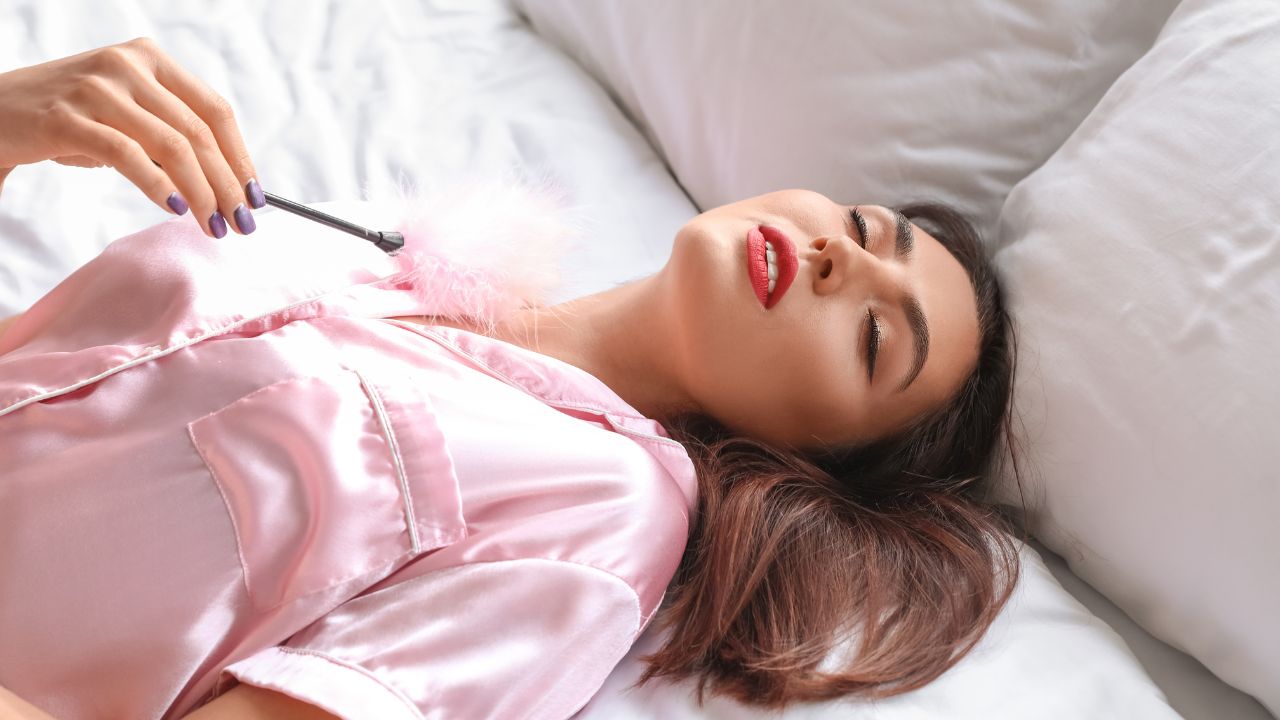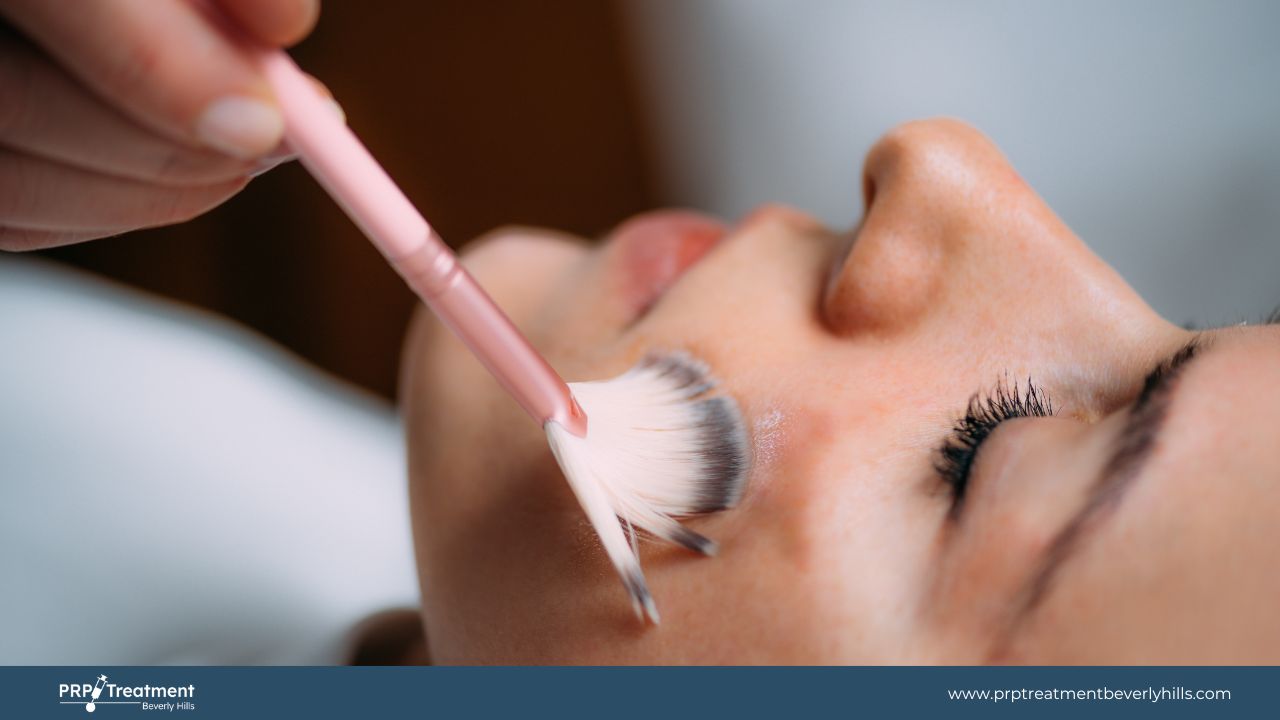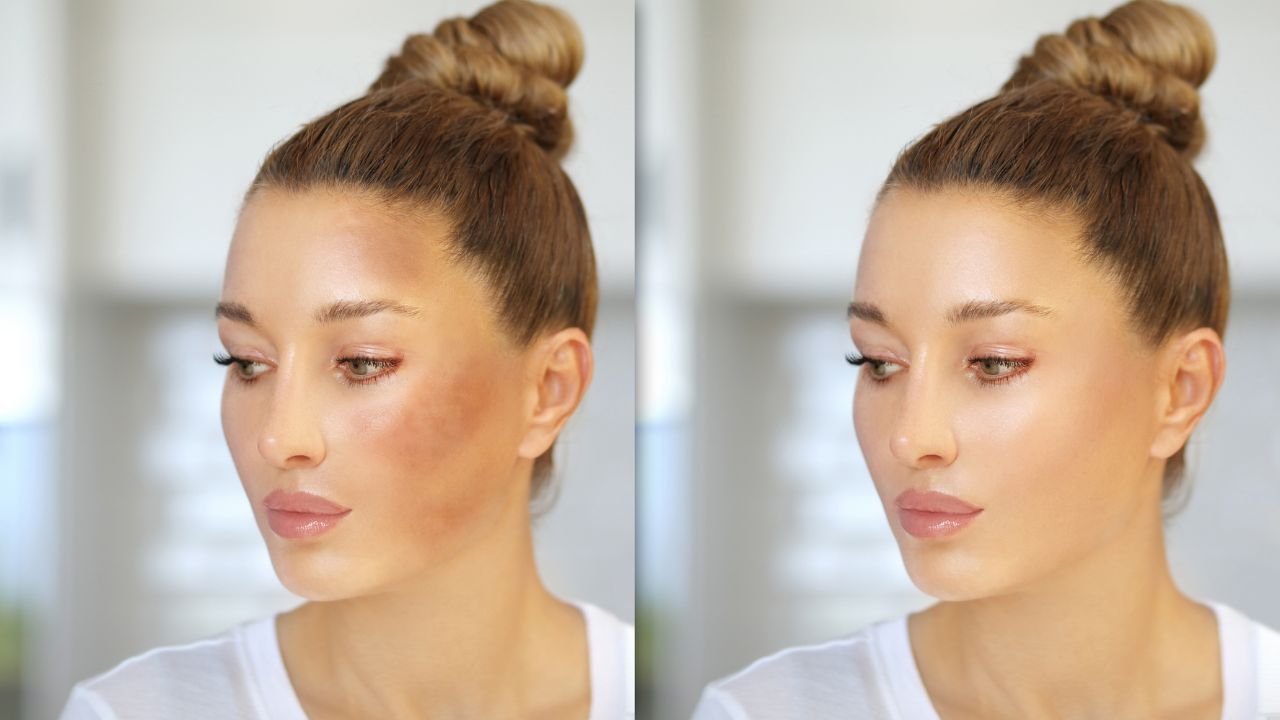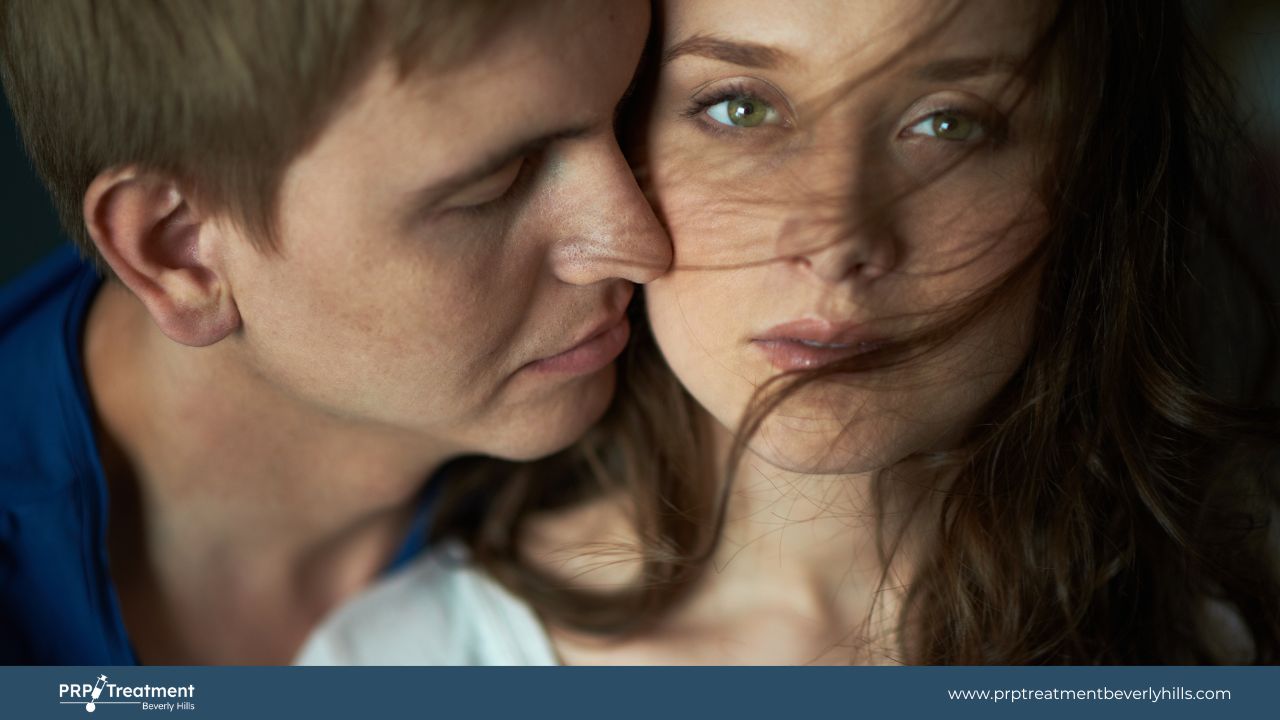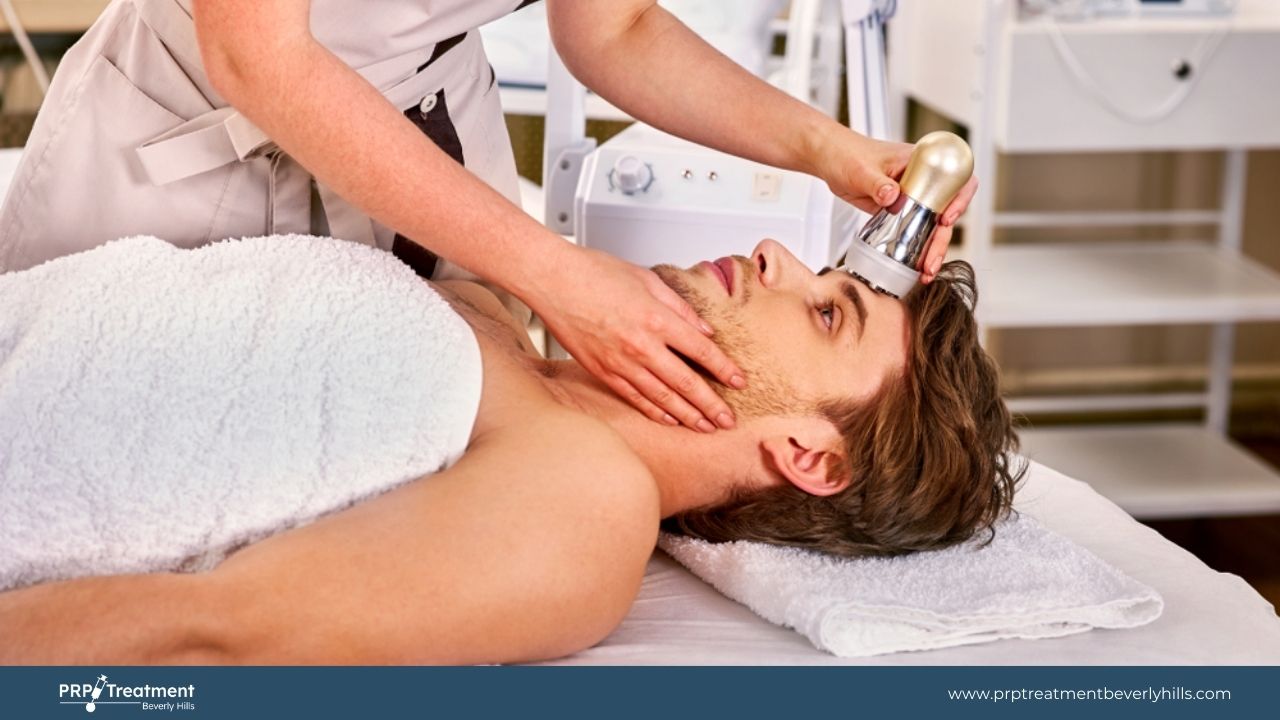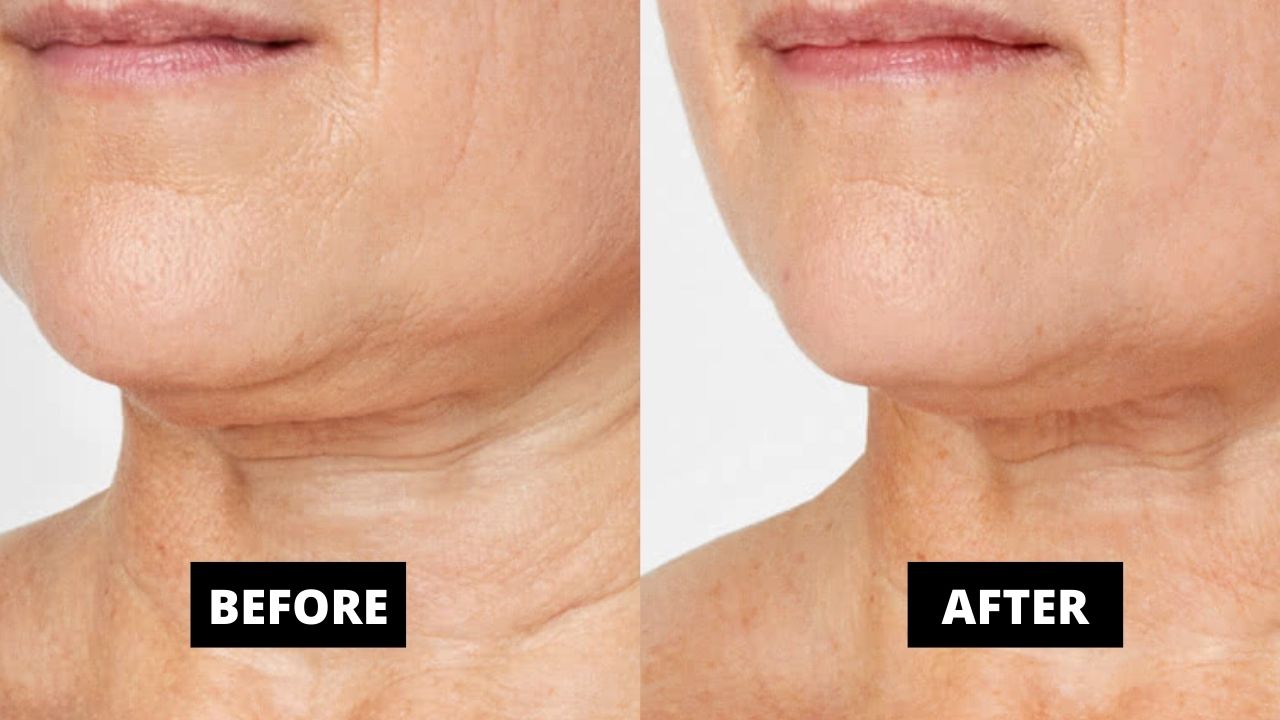PRP facials use your blood plasma to enhance collagen production, hydrate skin, and reduce the appearance of wrinkles, acne scars, dark circles, and other skin imperfections.
This comprehensive guide will explore the benefits, process, risks, and costs of PRP facials and help you understand why this treatment may be the right choice for you.
10 Benefits Of PRP Facial
PRP facials offer a range of benefits that can help enhance the skin’s appearance and reduce the signs of aging.
Wrinkle Reduction
PRP facials can help reduce the appearance of fine lines and wrinkles, making the skin look more youthful.
Younger-Looking Skin
Platelets’ growth factors and other healing properties can help promote collagen production and restore the skin’s natural elasticity, giving it a youthful and radiant appearance.
Acne Scar Treatment
PRP facials can also be used to treat acne scars, helping to smooth out rough or uneven skin and reduce the appearance of scars.
Dark Circle Reduction
PRP facials can help to improve circulation and reduce puffiness under the eyes, reducing the appearance of dark circles and giving the skin a brighter and more refreshed look.
Brighter Skin
The platelet-rich plasma used in PRP facials can help to brighten and even out the skin tone, giving it a radiant and glowing appearance.
Hydrated Skin
PRP facials can also help hydrate the skin, leaving it plump and moisturized.
Collagen Stimulation
By promoting collagen production, PRP facials can help strengthen and tighten the skin, making it look firmer and more youthful.
Radiant Glow
The combination of wrinkle reduction, brighter skin, and hydrated skin can result in a radiant and glowing appearance lasting for several months.
Anti-Aging Benefits
PRP facials can help slow the aging process and reduce the appearance of fine lines and wrinkles, giving the skin a more youthful and rejuvenated look.
Youthful Appearance
The overall result of a PRP facial is a more youthful and refreshed appearance, with a brighter and more radiant skin tone.
How PRP Facial Works?
PRP facials work by utilizing the patient’s blood plasma to improve the appearance of the skin.
The first step in a PRP facial is to extract a small amount of blood from the patient. This is usually done through a simple blood draw, similar to what is done during routine blood tests. The collected blood is then processed to concentrate the platelets containing growth factors and other healing properties vital to the skin rejuvenation process.
Once the platelet-rich plasma has been extracted, it is injected back into the skin using a fine needle. The injections are usually made into the areas of the face that require improvement, such as the cheeks, under the eyes, and around the mouth.
The platelet-rich plasma stimulates the skin’s natural healing processes and promotes collagen production, which helps reduce the appearance of wrinkles, fine lines, and other signs of aging.
After the PRP facial injection, the skin will appear smoother, brighter, and more youthful, with noticeable results lasting for several months.
Comparison of PRP with Other Facial Treatments
PRP facials offer several advantages compared to other facial treatments.
- Non-Invasive: Unlike surgical procedures, PRP facials are non-invasive and require no downtime, making them a convenient option for those who want to improve their skin without undergoing a significant procedure.
- Natural: PRP facials use the patient’s blood plasma, making them a natural and safe alternative to synthetic fillers and other treatments that use artificial ingredients.
- Long-Lasting Results: The results of a PRP facial can last for several months, compared to other treatments that may only provide short-term results.
- Customizable: The amount and placement of the PRP injections can be customized to suit each individual’s unique needs and concerns, making it a highly personalized treatment option.
- Minimal Side Effects: PRP facials have minimal side effects and are generally considered safe, making them a popular choice for those who want to improve their skin without worrying about negative outcomes.
- Cost-Effective: Compared to other facial treatments, such as facelifts and laser resurfacing, PRP facials are often more cost-effective, making them a budget-friendly option for those who want to rejuvenate their skin.
- Non-Surgical: PRP facials are a non-surgical alternative to traditional facelifts, making them a great option for those who want to improve their skin without undergoing a major surgical procedure.
Risks and Side Effects of PRP Facials
While PRP facials are generally considered safe, there are some risks and side effects associated with the treatment.
- Pain or Discomfort: Some patients may experience mild discomfort or pain during the PRP extraction process or the platelet-rich plasma injection.
- Bruising or Swelling: Bruising or swelling may occur in the treated area after a PRP facial, although these side effects are usually mild and resolve on their own within a few days.
- Infection: There is a small risk of infection associated with PRP facials, as with any procedure that involves an injection.
- Allergic Reactions: Some patients may have an allergic reaction to the PRP solution, although this is rare.
- Inadequate Results: While most patients experience positive results after a PRP facial, some may not see the results they expected, or the results may be less dramatic than they hoped.
- Cost: PRP facials can be more expensive than other facial treatments, making them a less budget-friendly option for some patients.
- Multiple Treatments: PRP facials often require multiple treatments for the best results, which can be time-consuming and costly.
Cost and Availability of PRP Facial
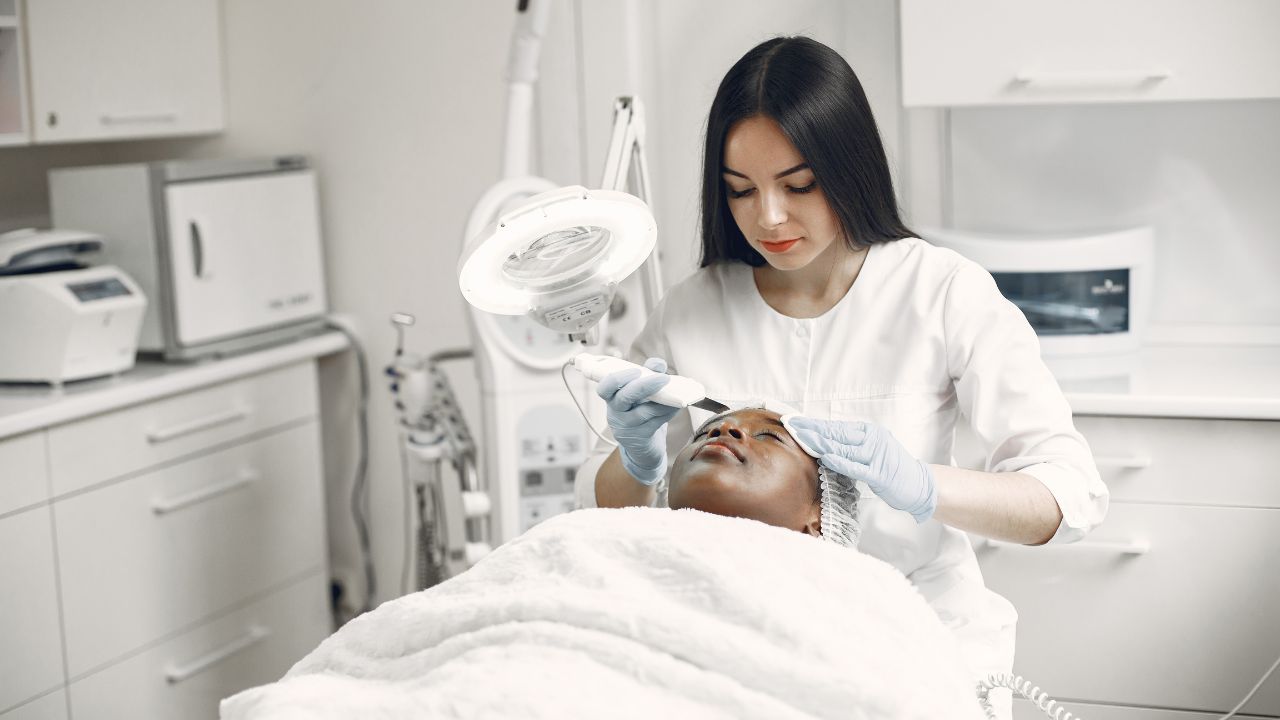
The cost of a PRP facial can vary widely depending on several factors, including the treatment’s location, the provider’s experience, and the number of treatments required.
A single PRP facial can cost anywhere from $500 to $2,000, although the cost may be higher in some areas or for more experienced providers. Insurance does not typically cover PRP facials, which are considered cosmetic procedures. Patients will typically be responsible for the full cost of the treatment.
Many patients require multiple PRP facials for the best results, which can increase the overall cost of the treatment.
It is important to choose a qualified and experienced provider when undergoing a PRP facial, as this can help to minimize the risk of side effects and ensure the best possible results.
How Often Should You Get PRP Facial?
The frequency of PRP facials can vary depending on the individual’s skin type, goals, and previous treatment results.
Initial Treatment
Many patients undergo a PRP facial once every 4 to 6 weeks for their initial treatment, with 3 to 4 total treatments recommended.
Maintenance
After the initial PRP facials, some patients may choose to have follow-up treatments once every 6 to 12 months for care.
Personal Factors
Factors such as age, skin type, and lifestyle can also impact the frequency of PRP facials. Patients with susceptible skin may need less frequent treatments, while those with more resilient skin may be able to handle more frequent treatments.
Is PRP Facial Better Than Botox?
| PRP Facial | Botox Injection | |
| Procedure | Uses patient’s blood plasma for skin rejuvenation and collagen production | Uses purified protein to relax facial muscles temporarily and smooth wrinkles |
| Duration | Effects can last for up to a year or more | Effects typically last 3 to 6 months |
| Pain and Side Effects | Typically less painful and have fewer side effects | Can cause discomfort and swelling at the injection site |
| Personal Factors | Natural-looking, longer-lasting results | Quicker, more dramatic effects |
| Ideal for | All skin types, targeting various skin concerns | Temporary solution for facial wrinkles and lines |
Final Words
PRP facial treatment offers a safe, effective, and natural way to achieve radiant, youthful, and refreshed skin. Whether you are looking to reduce the appearance of wrinkles, boost collagen production, or treat acne scars and dark circles, PRP facials may be the right solution for you.
Suppose you are interested in learning more about PRP facials. In that case, consult Dr. David Nazarian in PRP Treatment Beverly Hills clinic to determine if this treatment is right for you and discuss any questions or concerns you may have.

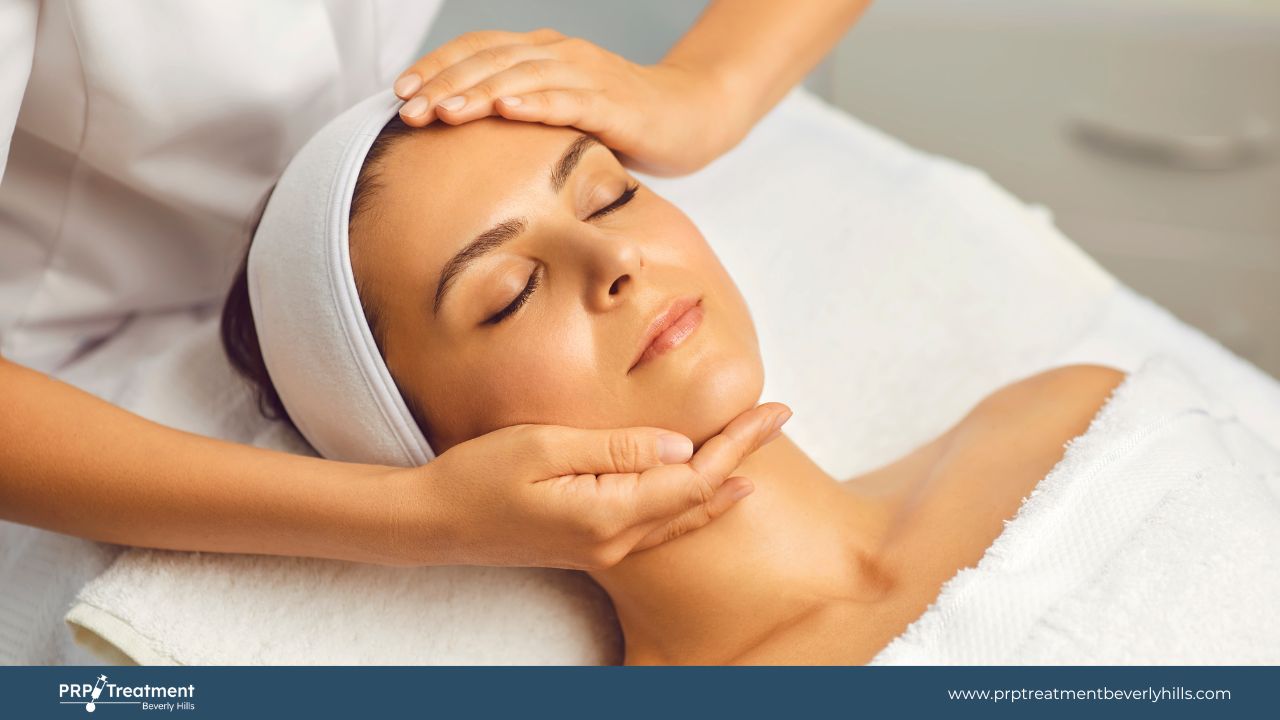
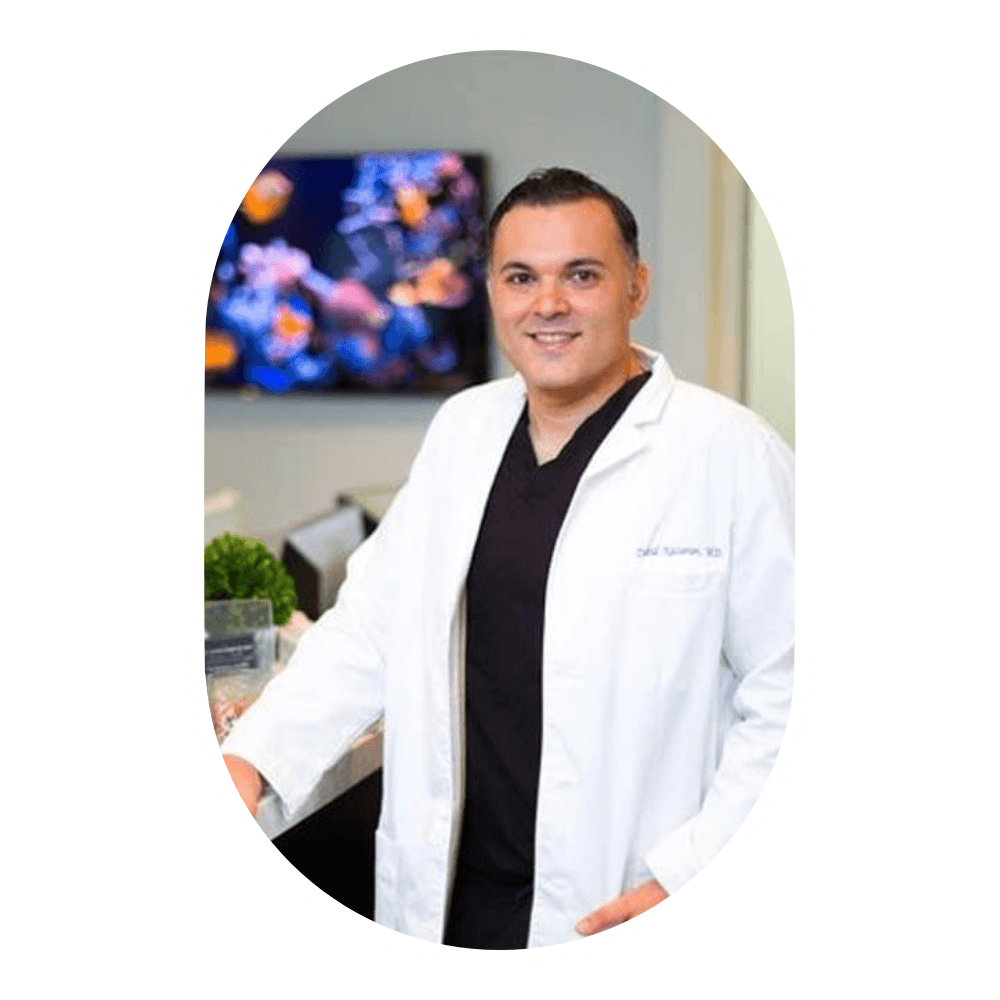
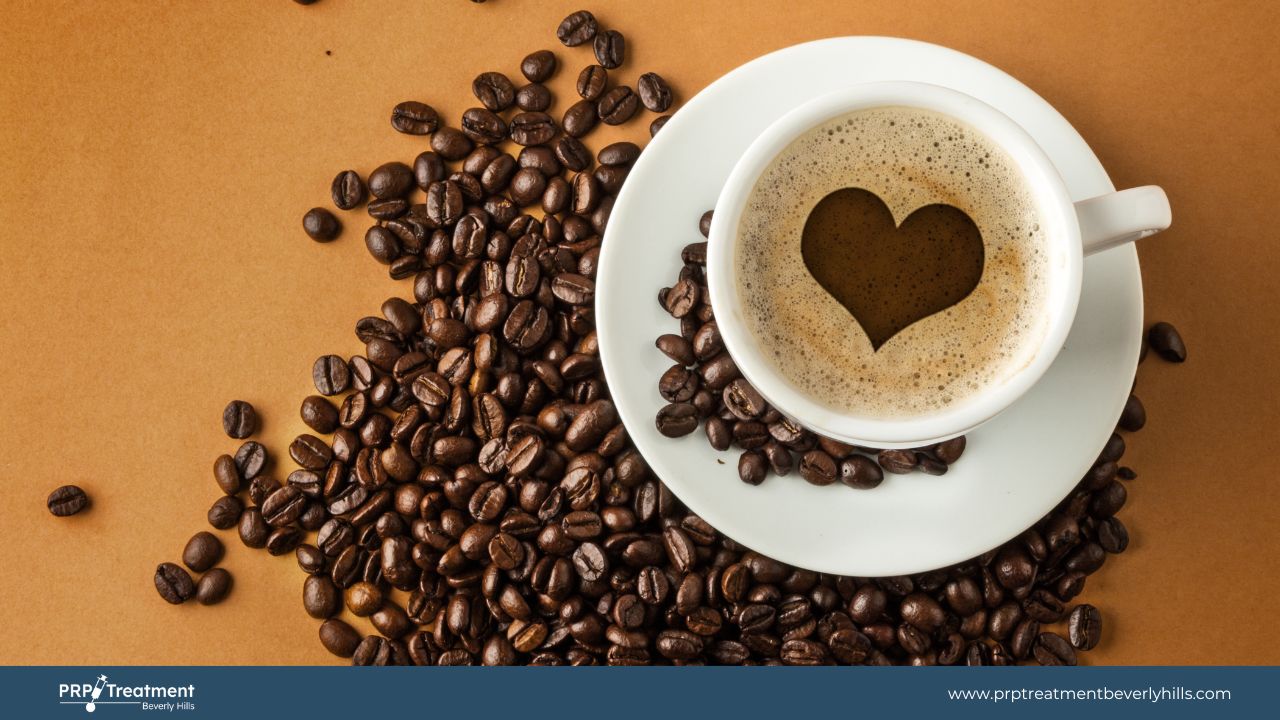

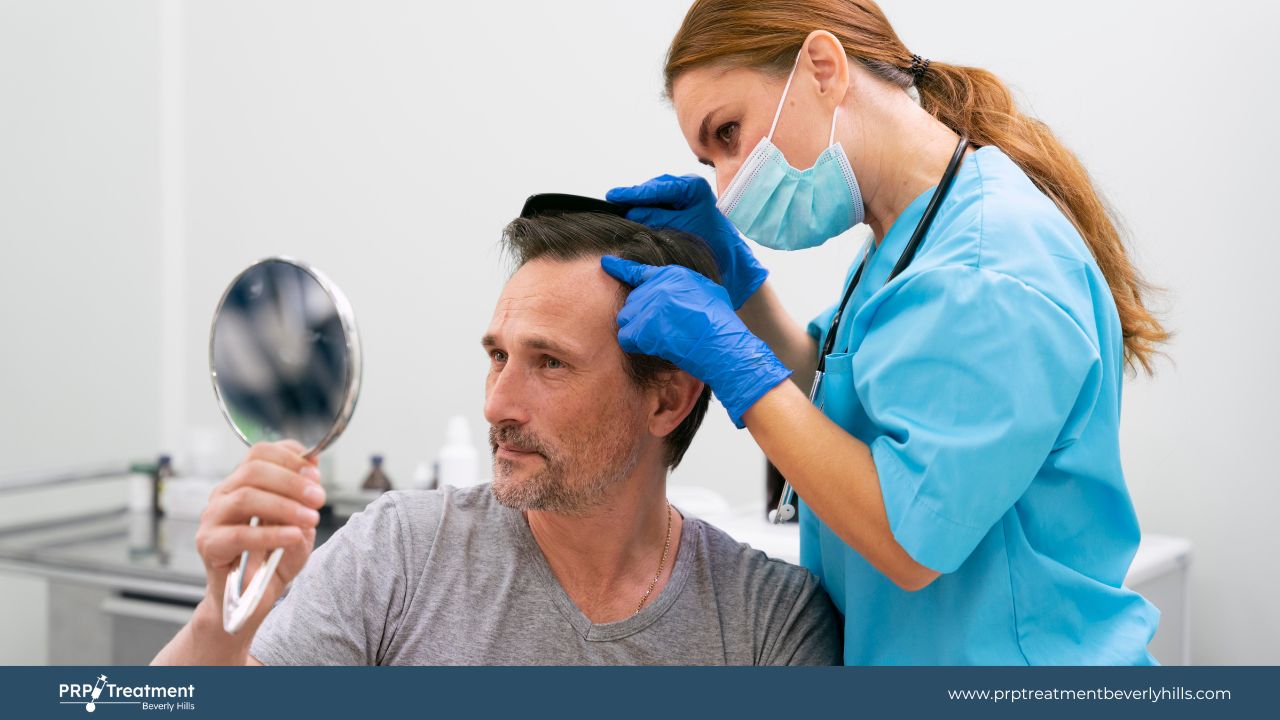
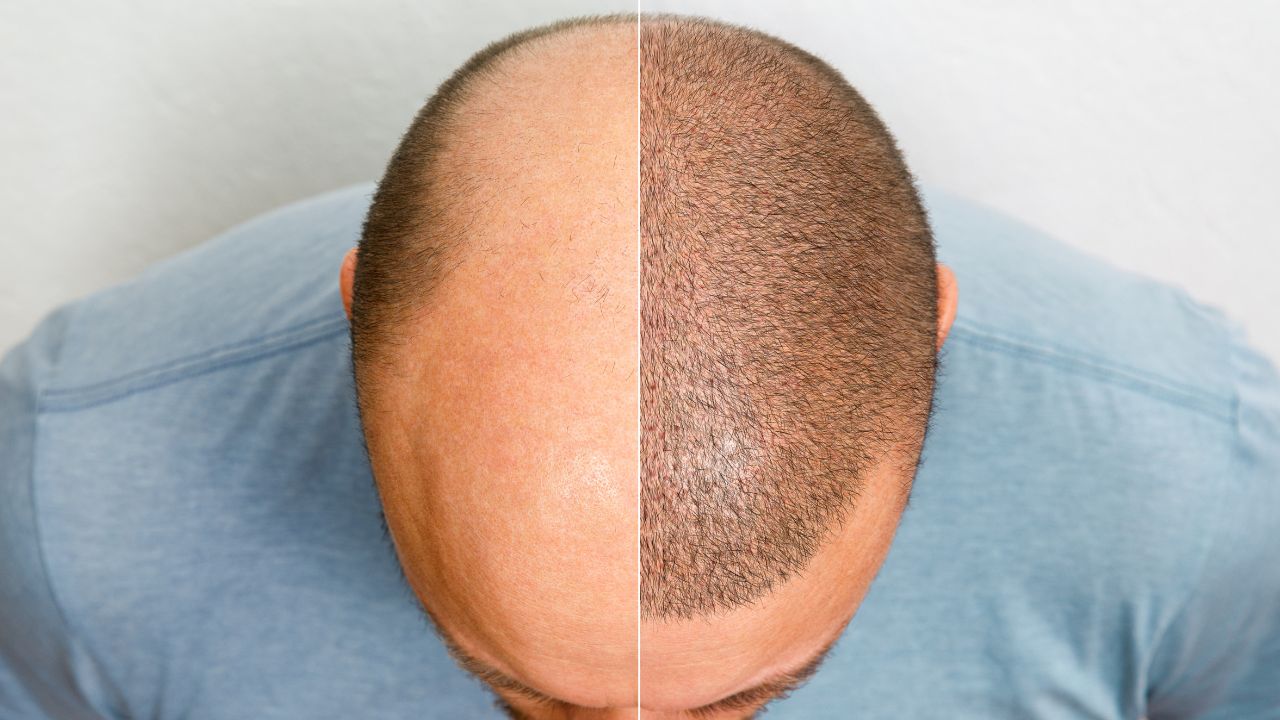
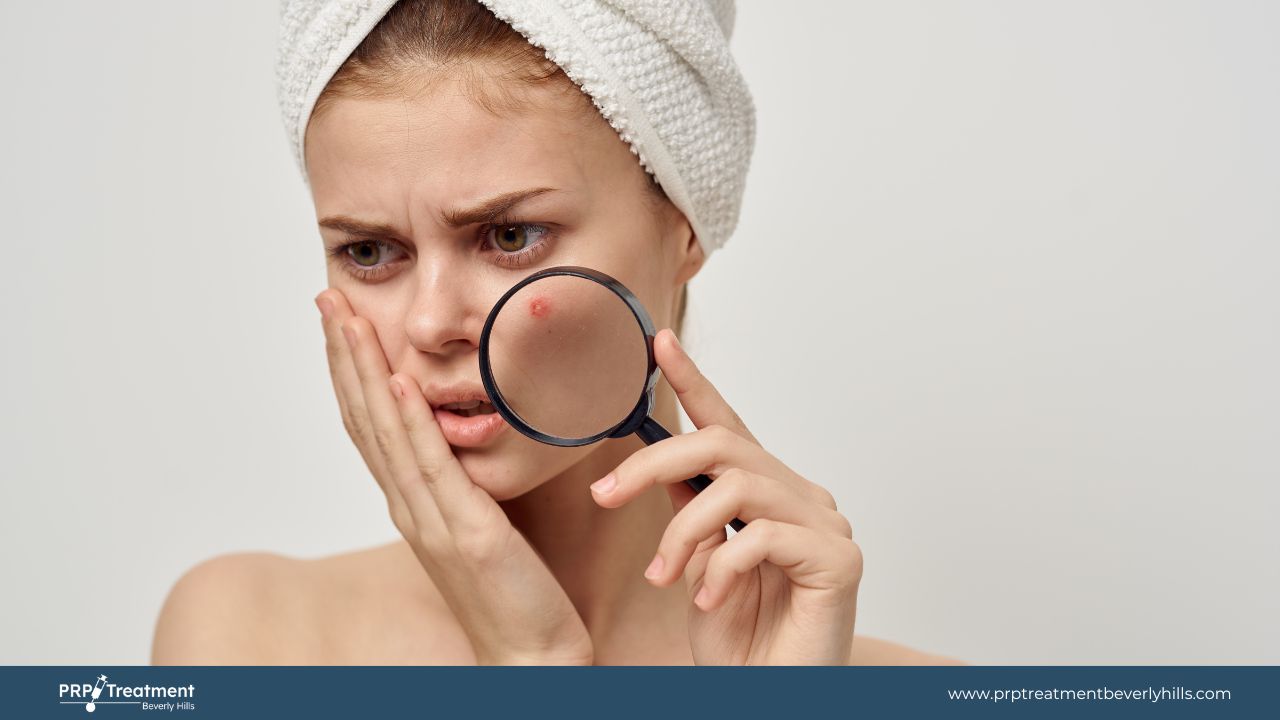
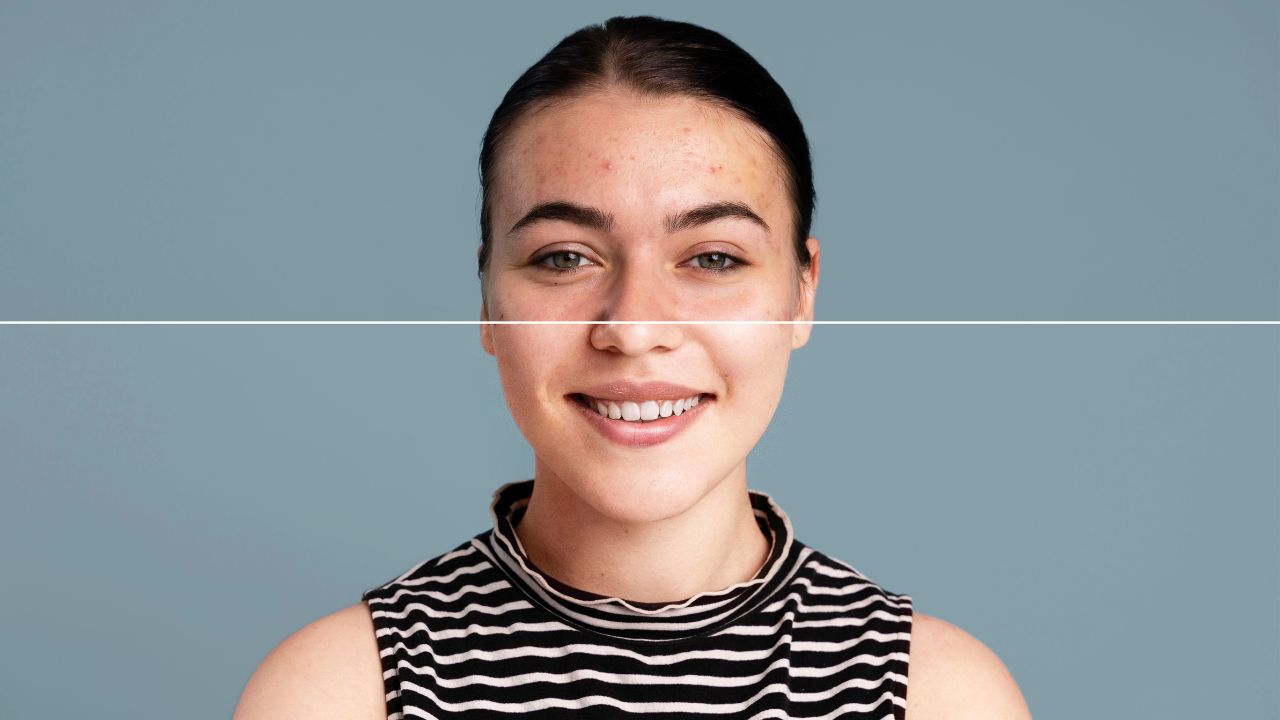
![5 Differences Between PRP vs Botox [Expert’s Opinion]](https://prptreatmentbeverlyhills.com/wp-content/uploads/2023/01/Differences-Between-PRP-vs-Botox.jpg)


